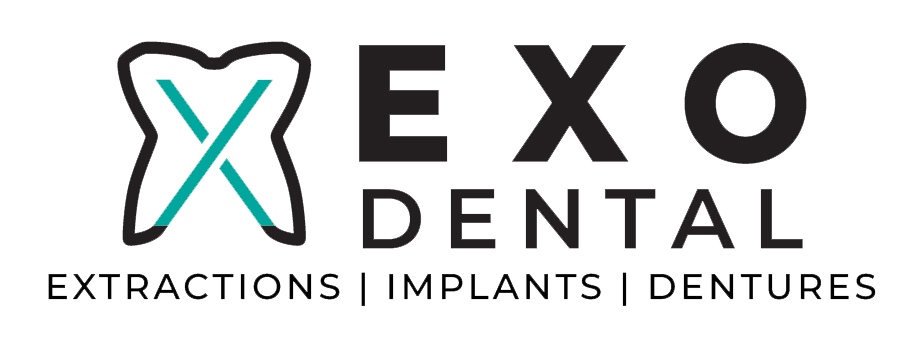Tooth Extractions Demystified: Understanding the Importance of Strategic Dental Care
Tooth extractions are a common dental procedure that many individuals may need to undergo at some point in their lives. While the thought of having a tooth extracted can be intimidating, understanding the reasons behind the procedure and knowing what to expect can make the experience much less daunting.
There are several reasons why tooth extractions might be necessary, among which are severe decay, advanced gum disease, impacted wisdom teeth, overcrowded teeth, or making room for orthodontic treatment.
In many of these situations, tooth extraction serves to protect and preserve your overall oral health. Although every effort is made to save a tooth, there are instances when it becomes necessary to extract it to avoid complications or further damage to the surrounding teeth and jawbone.
As a multi-specialty dental practice, we are here to guide you through the process and ensure that you receive the best possible care and treatment plan tailored to your unique needs. So, let's delve into the world of tooth extractions and shed some light on this often misunderstood dental procedure.
Common Reasons for Tooth Extractions
There are several scenarios in which tooth extraction becomes a necessary step in maintaining your oral health. Some of the most common reasons include:
1. Severe Tooth Decay: When decay reaches the inner pulp of the tooth, it can cause an infection that may be too extensive to treat with a root canal alone. In such cases, tooth extraction becomes necessary to prevent the infection from spreading or causing further pain.
2. Advanced Gum Disease: Gum disease that has advanced to the point of causing damage to the bone and supporting tissues surrounding the tooth may necessitate extraction to stop the progression and protect adjacent teeth.
3. Impacted Wisdom Teeth: Wisdom teeth that are trapped beneath the gumline or growing at an abnormal angle can lead to infection, damage neighboring teeth, or cause crowding issues. Extraction can help prevent these complications.
4. Overcrowding or Orthodontics: Sometimes, extracting one or more teeth is the best solution to create the necessary space for proper alignment or to prepare for orthodontic treatment.
5. Fractured Teeth: Teeth that have been fractured or damaged beyond repair may require removal and replacement with a dental implant or bridge.
Simple Extractions vs. Surgical Extractions: What's the Difference?
Tooth extractions can be divided into two categories: simple extractions and surgical extractions. Here's what sets them apart:
1. Simple Extractions: These are typically performed on teeth that are fully visible above the gumline and can be removed without the need for incisions. Local anesthesia is usually sufficient for this type of extraction, and a dental forceps or elevator is used to loosen and remove the tooth.
2. Surgical Extractions: This type of extraction is required when a tooth is not easily accessible, such as an impacted wisdom tooth or a tooth that has broken below the gumline. Surgical extractions involve making a small incision in the gum tissue to access the tooth. This procedure may require a combination of local anesthesia and sedation for the patient's comfort.
What to Expect Before, During, and After Tooth Extraction
Our team will carefully evaluate your dental condition and discuss your individual needs to determine the appropriate treatment plan. If tooth extraction is necessary, here's what you can expect at each stage of the process:
1. Before the Procedure: We may take X-rays or 3D images of the area and review your medical history. Depending on your specific situation, we may prescribe antibiotics before the extraction or discuss sedation options to ensure your comfort during the procedure.
2. During the Procedure: For a simple extraction, we will numb the area around the tooth with a local anesthetic. If you're undergoing a surgical extraction, you may receive additional sedation. Our team will carefully remove the tooth using specialized dental tools or, if necessary, by making a small incision in your gum tissue.
3. After the Procedure: We will provide detailed aftercare instructions, including how to manage pain or swelling, proper oral hygiene, and dietary restrictions. You may be prescribed pain medication or antibiotics to prevent infection. It is essential to follow these instructions closely for the best possible healing process.
Tips for a Smooth Recovery after Tooth Extraction
Following the proper aftercare protocol is crucial for a successful recovery after tooth extraction. Some tips to ensure a smooth healing process include:
1. Rest: Give yourself ample time to rest and recover after the procedure. Avoid strenuous activities for the first few days following the extraction.
2. Manage Pain and Swelling: Apply a cold compress to the area to reduce swelling and take pain-relief medications as prescribed or recommended by our team.
3. Dietary Restrictions: Stick to soft foods and liquids for the first few days while your mouth heals, gradually reintroducing solid foods as tolerated.
4. Oral Hygiene: Maintain good oral hygiene by gently rinsing your mouth with warm salt water and continuing to brush and floss your remaining teeth, taking care to avoid the extraction site.
The Ins and Outs of Tooth Extractions: Ensuring a Healthy Smile
Tooth extractions are an essential aspect of maintaining optimal oral health in certain circumstances. Our multi-specialty dental practice is committed to providing comprehensive treatment plans tailored to your unique needs.
With a better understanding of tooth extractions, you can feel more confident in pursuing the appropriate treatment for your oral health. If you believe you may need a tooth extraction or want to explore your dental care options further, we invite you to reach out to our team at Exo Dental and schedule a consultation with our
dentists in Rogers, AR, today.
Don't hesitate to contact Exo Dental in Rogers to discuss your tooth removal and oral surgery options. Hablamos Español.

